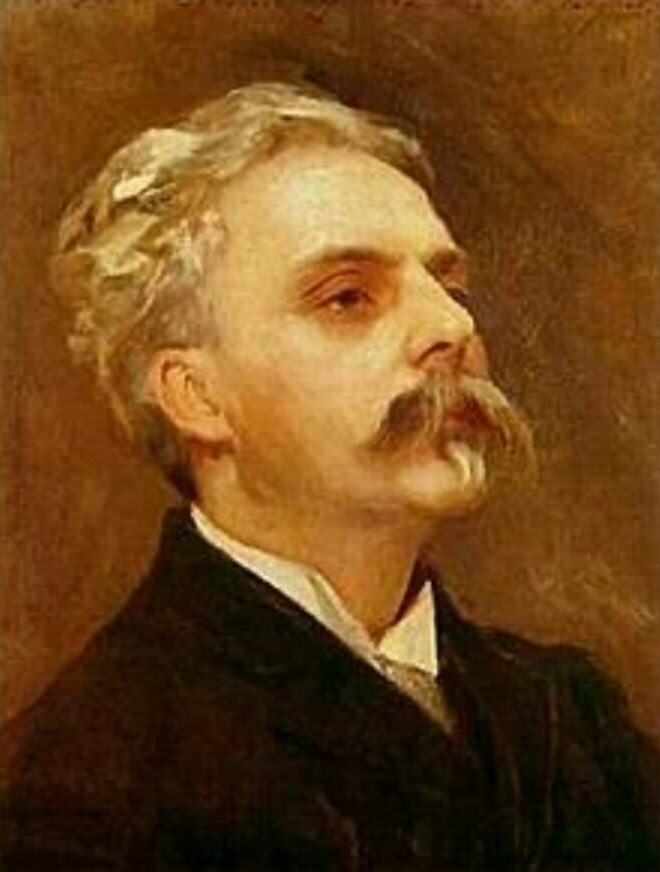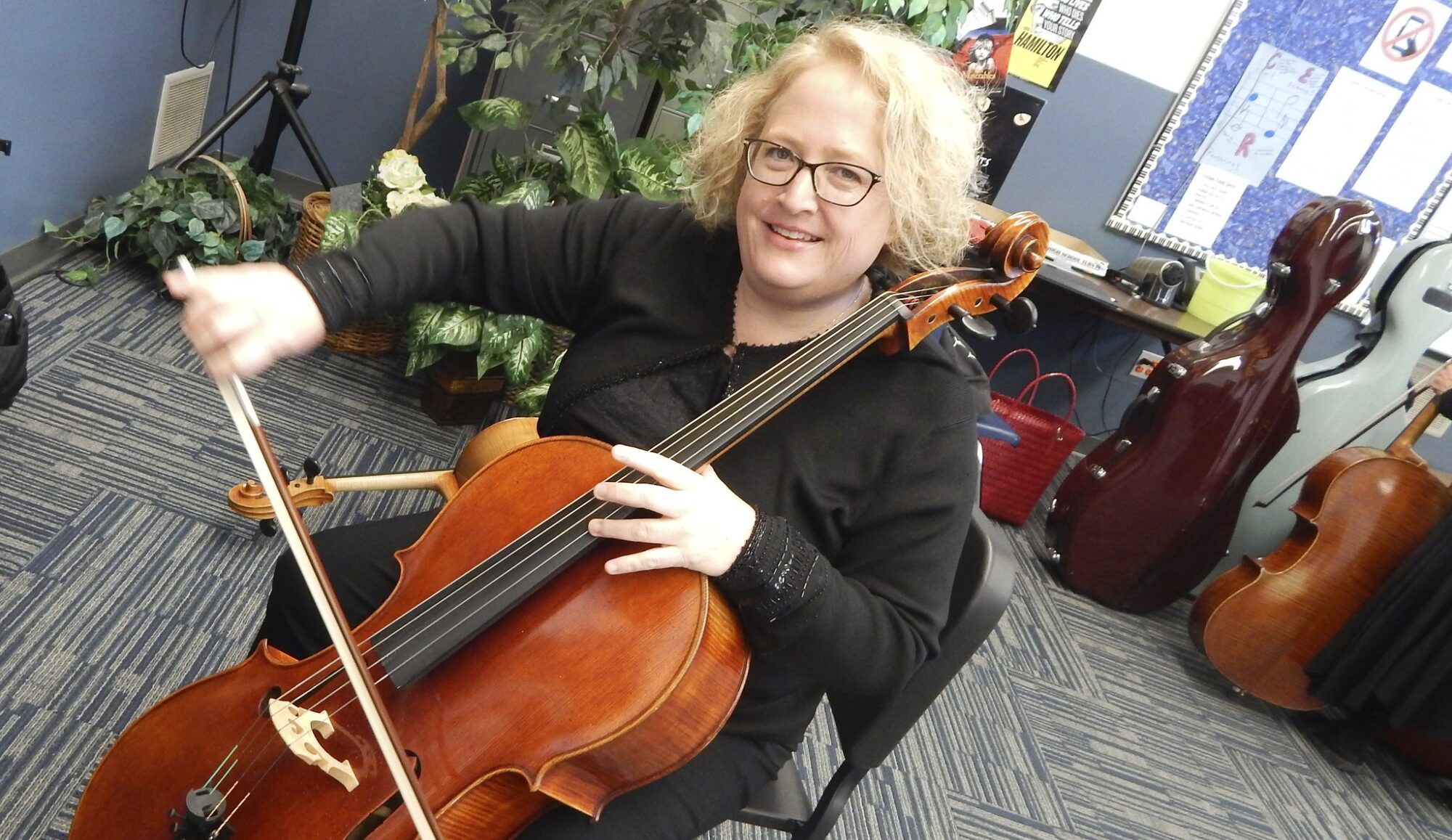
Gabriel Fauré was born in the south of France in 1845. At age nine, he was sent to Paris to be trained as a church organist and choirmaster. Among his teachers was Camille Saint-Saens, who became a lifelong friend. As a young adult, Fauré made a modest living as an organist and teacher, leaving him little time for composition.
By middle age ha had become the director of the Conservatoire de Paris (the Conservatory of Music in Paris), and during the summers he would retreat to the countryside to relax and concentrate on composing.
On an 1887 creative outing, Fauré wrote to his wife, “while I was thinking about a thousand different things of no importance whatsoever, a kind of rhythmic theme in the style of a Spanish dance took form in my brain… This theme developed itself, became harmonized in different ways, changed and modulated, in effect, it germinated itself.”
That theme became Fauré’s Pavane Op. 50, and it recieved its premiere in Paris the following year (1888). The pavane is bnased on one basic melody first introduced by solo flute with pizzicato strings imitating a guitar accompaniment. Its pattern and form were used by Fauré’s student at that time, Maurice Ravel, for his “Pavane pour une infante defunte.”
